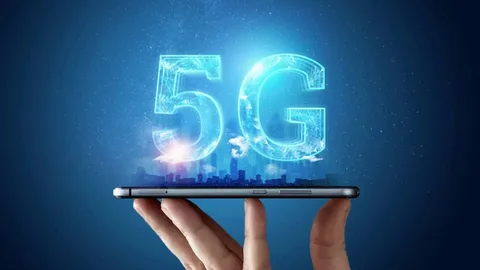How Does Digital Receiver Technology Revolutionize Communication?
Pioneering Advancements in Signal Reception
In telecommunications and broadcasting, digital receiver technology is a groundbreaking innovation, revolutionizing how signals are received, decoded, and processed. This comprehensive exploration delves into the multifaceted world of digital receiver technology, examining its evolution, applications, and impact on modern communication systems.
A Historical Perspective:
The evolution of signal reception technology traces back to the early days of radio and television, where analog receivers dominated the landscape. However, with the advent of digital broadcasting standards in the late 20th century, the need for more efficient and versatile receiver solutions became apparent. This led to the development of digital receiver technology, which paved the way for enhanced signal quality, bandwidth efficiency, and transmission reliability.
Components and Functionality:
At its core, a digital receiver comprises several key components, each playing a crucial role in receiving and processing digital signals. These components include an antenna for signal capture, an analog-to-digital converter (ADC) for signal digitization, a demodulator for signal decoding, and a digital signal processor (DSP) for data processing and extraction. Together, these components work seamlessly to ensure accurate and reliable reception of digital transmissions across various communication platforms.
From Broadcasting to Telecommunications:
It finds applications across various industries, including broadcasting, telecommunications, satellite communication, and wireless networking. In broadcasting, digital receivers deliver high-definition television (HDTV) and digital radio services, offering viewers superior image and sound quality compared to analog counterparts. In telecommunications, digital receivers are critical in mobile communication systems, satellite navigation, and internet connectivity, facilitating seamless data transmission and reception in real-time.
Advantages and Benefits:
This technology offers several advantages over analog counterparts, including improved signal quality, increased bandwidth efficiency, and enhanced transmission reliability. Digital receivers are less susceptible to noise and interference, producing more precise audio and video reproduction and reducing signal degradation over long distances. Moreover, digital transmission allows for the simultaneous delivery of multiple channels and services within the same frequency band, maximizing spectrum utilization and optimizing network capacity.
Future Trends and Developments:
Its future holds promise for further innovations and advancements in signal reception and processing. Emerging trends such as software-defined radio (SDR), cognitive radio, and 5G technology are poised to redefine the capabilities and functionalities of digital receivers, ushering in an era of unprecedented connectivity, efficiency, and versatility. As technology continues to evolve, this technology will remain at the forefront of modern communication systems, driving progress and innovation in the digital age.
Comparison: Analog vs. Digital Receiver Technology
| Aspect | Analog Receiver Technology | Digital Receiver Technology |
| Signal Processing | Analog signal procCessing | Digital signal processing |
| Signal Quality | Susceptible to noise and interference | More resistant to noise and interference |
| Bandwidth Efficiency | Limited bandwidth utilization | Efficient bandwidth utilization |
| Signal Degradation | Degradation over long distances | Minimal signal degradation |
| Multiple Channels | Single-channel reception | Multichannel reception |
| Flexibility | Limited flexibility in signal manipulation | Greater flexibility in signal manipulation |
| Compatibility | Limited compatibility with digital standards | Compatible with digital broadcasting standards |
| Cost | Generally lower cost | Higher initial cost, but potentially lower operating costs |
Conclusion:
In conclusion, digital receiver technology represents a cornerstone of modern communication infrastructure, enabling seamless connectivity and information exchange across global networks. With its versatility, efficiency, and reliability, this technology has transformed how we receive and process digital signals, unlocking new possibilities and opportunities in broadcasting, telecommunications, and beyond. As we navigate the digital frontier, it will play a vital role in shaping the future of communication and connectivity worldwide.






